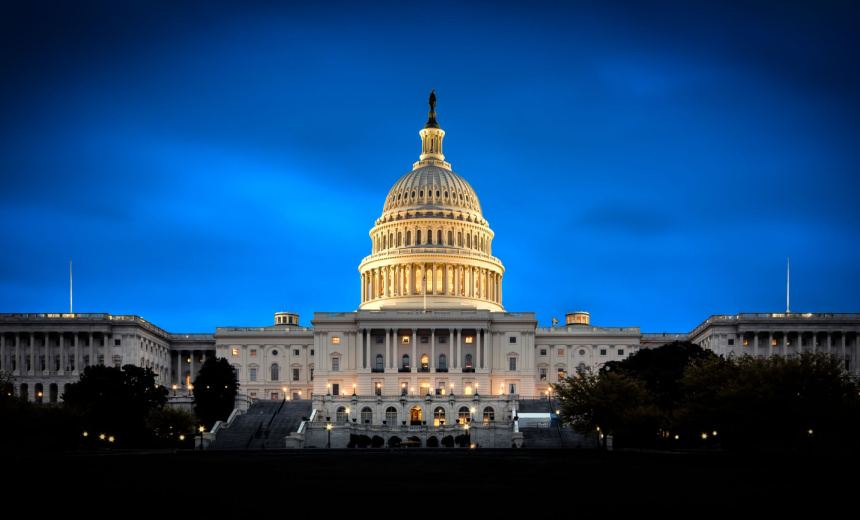Cybersecurity Programs, Workforce Face Disruption If Congress Fails to Act

The U.S. Congress faces a critical deadline, with only four days remaining to prevent a government shutdown and the termination of a pivotal public-private threat-sharing law. This impending crisis has raised significant concerns among cybersecurity defenders, particularly with the Trump administration warning of potential mass layoffs for federal employees if budgetary appropriations are not extended beyond September 30—the final day of the federal fiscal year.
Historically, Congress has often brought the government to the edge of closure, narrowly avoiding shutdowns in recent years through temporary measures. The last significant lapse occurred during the 35-day partial shutdown from December 2018 to January 2019. In previous instances, essential national security personnel, including those in cybersecurity, have remained employed despite funding gaps to ensure that critical operations continue.
Previous contingency plans from the Department of Homeland Security suggested that the Cybersecurity and Infrastructure Security Agency (CISA) would retain only about one-third of its workforce during a shutdown. However, recent removal of these public documents by the White House adds uncertainty regarding how the funding cuts could impact various DHS components. CISA has already experienced a workforce reduction of about one-third, with former officials expressing concerns that further cuts could hinder its ability to monitor threats and manage incident responses effectively.
Funding negotiations on Capitol Hill have stalled following President Trump’s cancellation of a planned meeting with Democratic leaders. In response, the White House directed agencies to prepare for mass layoffs, specifically targeting positions deemed “non-essential” under Trump’s priorities. Meanwhile, cybersecurity initiatives, such as the Cybersecurity Information Sharing Act of 2015 and the State and Local Cybersecurity Grant program, are at risk if funding lapses. Analysts warn that compromising real-time threat-sharing capabilities and local defenses could erode some of the nation’s vital cybersecurity protections.
On September 19, House Republicans approved a stopgap funding bill intended to maintain agency operations through November 21 and extend the key information-sharing statute. However, Senate Democrats have resisted this extension, demanding reversals of recent cuts to federal healthcare funding and limiting the ability for Trump to impose further budget constraints. Senate Minority Leader Chuck Schumer characterized the White House’s layoff directive as an “attempt at intimidation.”
As agency personnel navigate these challenging decisions, the ambiguity surrounding contingency plans complicates their ability to assess how deeply operational cuts might affect critical functions. Many cybersecurity teams, including CISA, are already operating below optimal levels. The additional pressure of a government closure could leave the nation vulnerable to an increase in cyber threats, especially as adversaries may exploit the weakened security posture resulting from reduced staffing and resources.
Cybersecurity experts emphasize that a shutdown could severely curtail essential functions such as continuous monitoring of federal networks. During past closures, the rate of ransomware attacks against federal agencies did not surge significantly; however, today’s more aggressive threat landscape combined with insufficient contingency planning significantly increases the risk of inadequate responses to threats. Chrissa Constantine, a senior cybersecurity architect, highlights that transparency from the Office of Management and Budget (OMB) is crucial for ensuring effective threat mitigation.
Various sectors, including schools, water systems, and hospitals, could face heightened vulnerability due to potential interruptions in cyber and physical security assessments conducted by CISA. While officials may assert that sufficient staff remains to sustain operations, disruptions in staffing and low morale could delay response efforts during incidents, further complicating the environment.
The military’s cyber mission also stands to be impacted, particularly U.S. Cyber Command, which plays a vital role in defending Department of Defense networks and facilitating national security operations. Any disruptions or delayed support could hinder collaboration with intelligence partners and strain continued security priorities.
CISA and the Department of Defense have not yet provided responses regarding how a potential shutdown might disrupt staffing, planning, and the continuity of operations. Officials have also withheld information on whether reductions in force could impede public-private threat-sharing or delay assistance to state and local governments.
